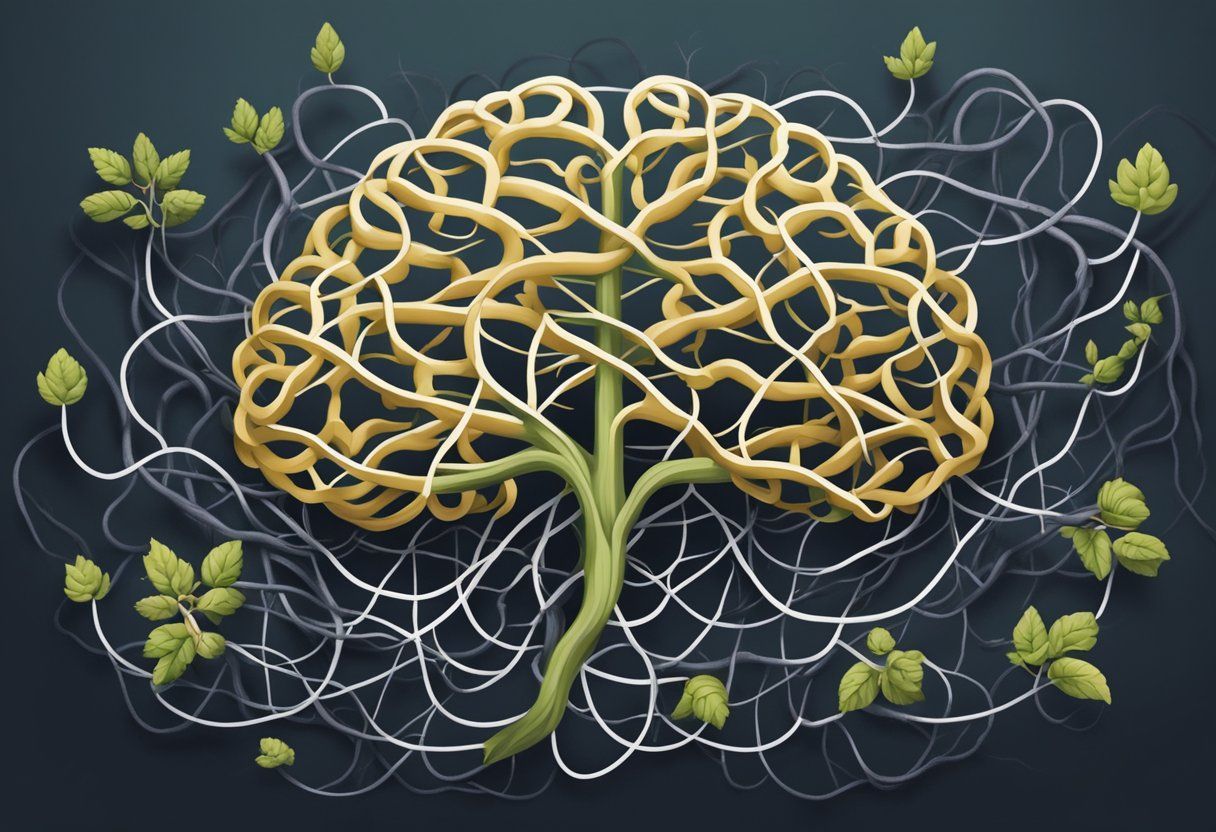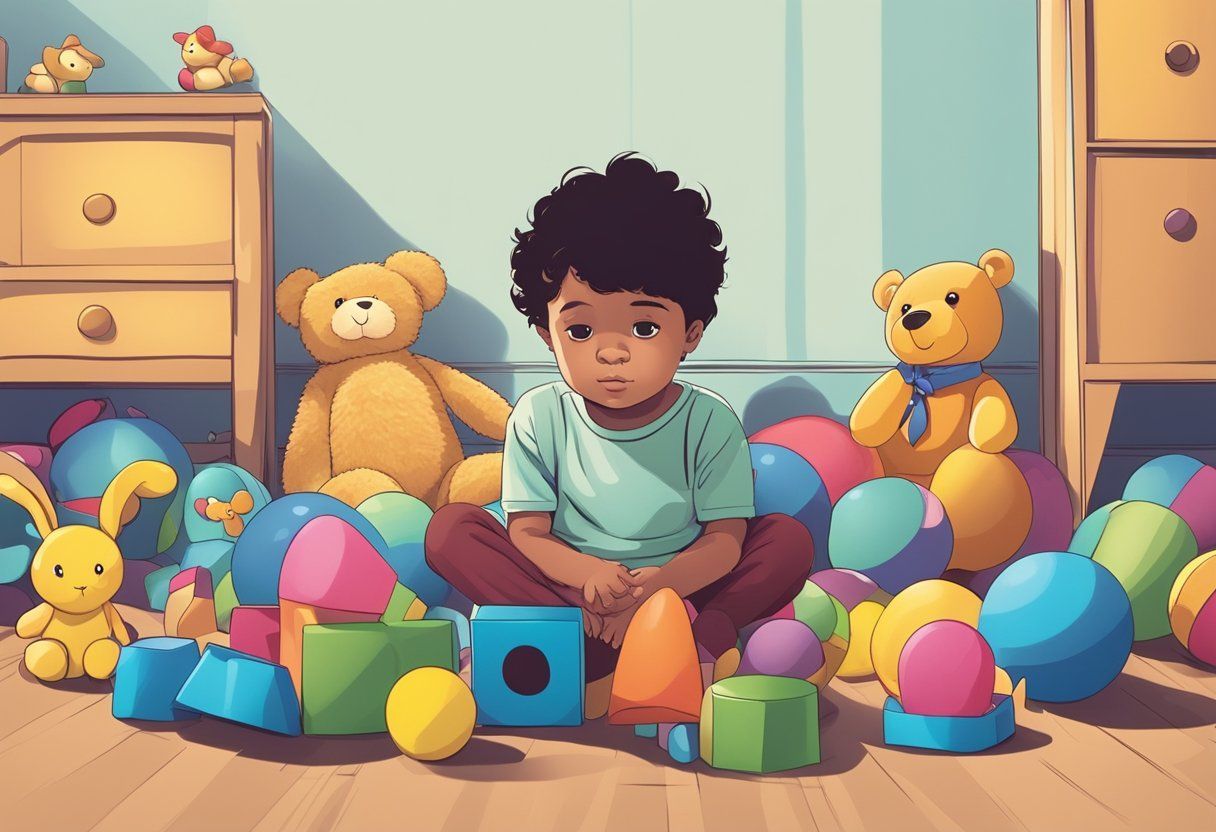BLOG
Categories
Los adolescentes adoptados y la necesidad de encontrar a sus padres biológicos: por qué estar preparado es un camino hacia la curación
Los niños son colocados en adopción por una variedad de razones.
La mayoría de las veces, los niños que han sido adoptados sienten curiosidad por las circunstancias que rodearon su adopción. Ya sea que originalmente fuera una adopción cerrada o abierta, no quita el hecho de que estos adolescentes generalmente tienen una profunda necesidad de saber quiénes son sus padres biológicos, y puede estar causando que sufran problemas de comportamiento, depresión, una crisis de identidad adolescente o incluso pensamientos suicidas. Con todo esto en mente, cuando un padre considera las opciones de tratamiento para su adolescente adoptado, la siguiente pregunta inevitablemente viene a la mente: “¿Qué pasa si mi hijo quiere conocer a sus padres biológicos?”
Prepárese para la eventual reunión de los padres biológicos
Independientemente de cómo comenzó la adopción, como padres, ustedes están en el aquí y ahora: su hijo necesita ayuda. Three Points Center, un centro de tratamiento residencial para adolescentes que se enfoca en la “tríada” de padres adoptivos, el niño y sus padres naturales, lo dice mejor cuando señalan que es importante prepararse para una eventual reunión. Continúan diciendo que aunque la expresión de un adolescente al encontrar a sus padres biológicos “puede doler un poco”, ayudarlos a localizarlos puede en última instancia “fortalecer el vínculo entre ustedes dos”.
Entonces, ¿cómo los ayudas?
Cuando tome la decisión de ayudarlos a localizar a sus padres biológicos, debe compartir con ellos cualquier información que tenga, así como recordarles que sean realistas sobre lo que sucederá (o no) cuando finalmente se reúnan. Los adolescentes pueden acumular expectativas en sus mentes, y la decepción realmente puede devastarlos. Estar preparado de antemano para todos los resultados los beneficiará más, y eso incluye compartir información que puede ser dolorosa para ellos escuchar (por ejemplo, si están en la cárcel, son depredadores sexuales o si sufren de una enfermedad mental).
Obtenga ayuda con las reuniones de padres biológicos / padres adoptivos
Particularmente cuando un adolescente adoptado ya tiene problemas, es importante encontrar un centro de tratamiento terapéutico que tenga una comprensión profunda de cómo una adopción puede afectar a un adolescente y su tratamiento. Los problemas emocionales, sociales y psicológicos complejos a menudo están presentes con los adolescentes adoptados y sus familias, y cuando llega el momento de abordarlos, es mejor encontrar ayuda profesional.
Three Points Center es el único centro de tratamiento residencial que es exclusivamente para adolescentes adoptados. Fundada porque otros centros de tratamiento no se establecieron para abordar las necesidades específicas que enfrentan los adolescentes adoptados y sus familias, se centran en la tríada como su pilar de curación. Three Points sabe que la identidad de un adolescente no se trata solo de quién los crió, y reconocen la importancia tanto de los padres biológicos como de los padres adoptivos en un ambiente afectuoso y enriquecedor.
RECENT POSTS



Bringing and keeping families together!





